Read-Aloud & Movement
- Read Here Are My Hands aloud, encouraging children to move or touch the body parts mentioned (e.g., clapping hands, stomping feet).
- Ask simple questions to spark engagement:
- “Can you show me your hands?”
- “What can we do with our hands?” (Clapping, waving, etc.)
“Body Part Action Freeze” Game
- Students dance or walk around while music plays.
- When the music stops, call out a body part, and students act out its function (e.g., hands → clapping, feet → jumping).
- Increase excitement by adding speed or letting students take turns calling out body parts.
“Create Your Body” Craft
- Each student selects an outfit sheet and uses playdough to shape body parts onto the character.
- They can decorate hair and outfits with playdough or markers too.
- Encourage students to point and name each body part, explaining what it does. Teachers can scribe their descriptions.





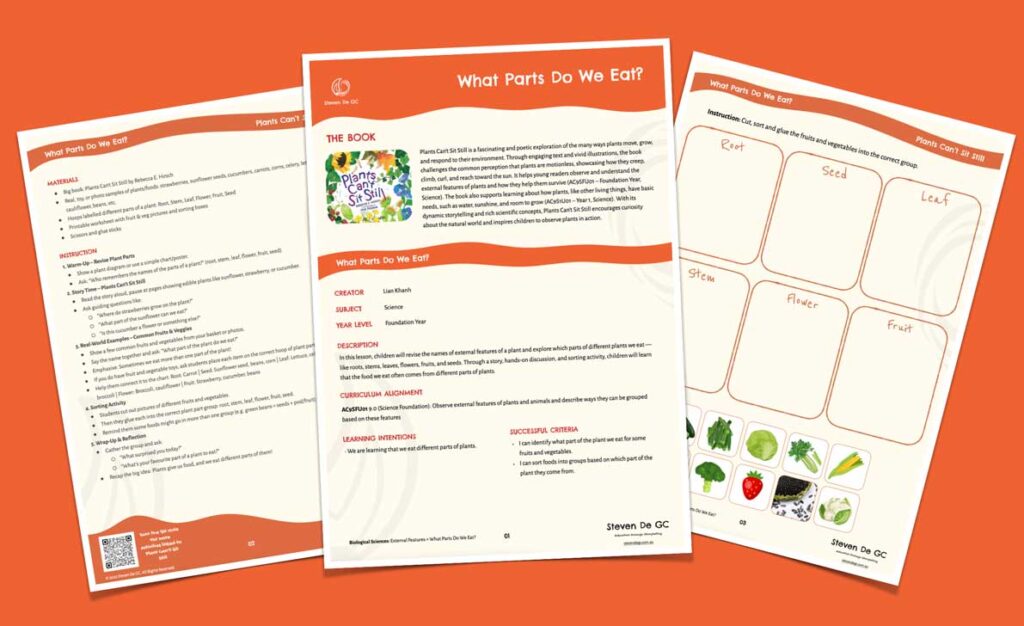
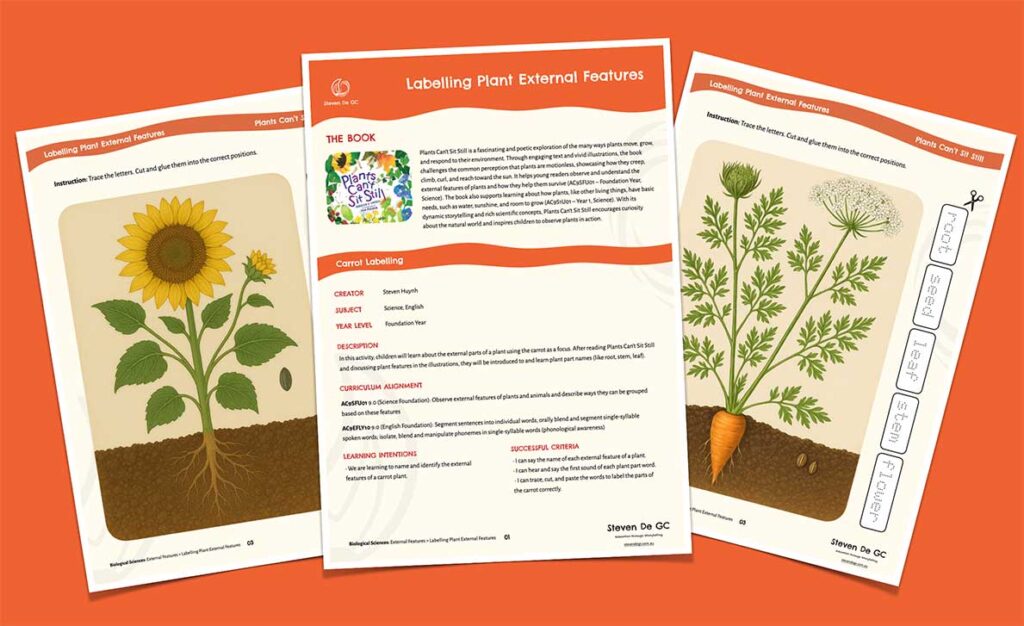
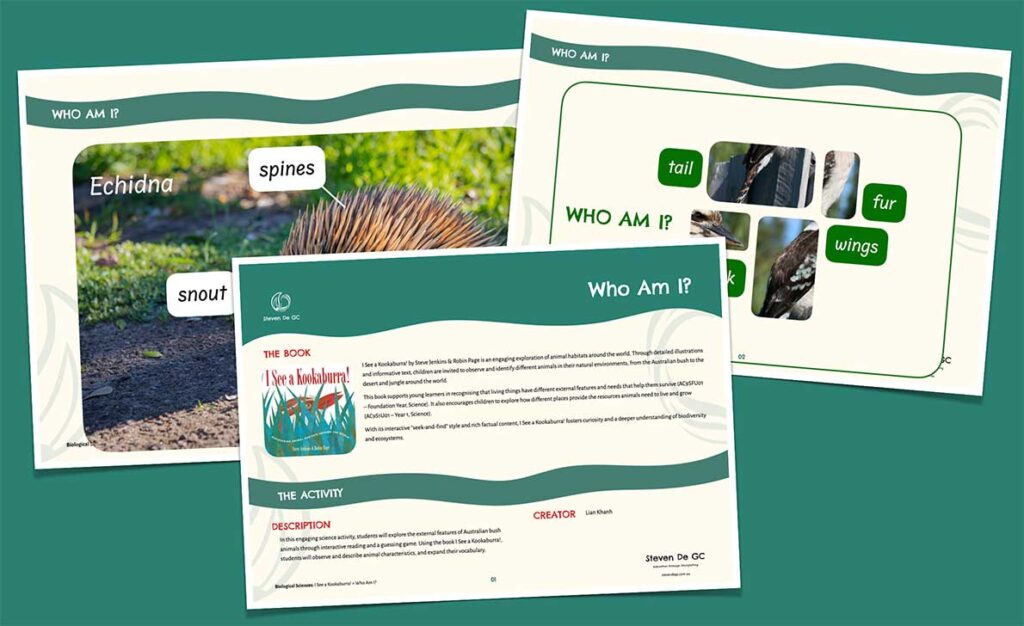
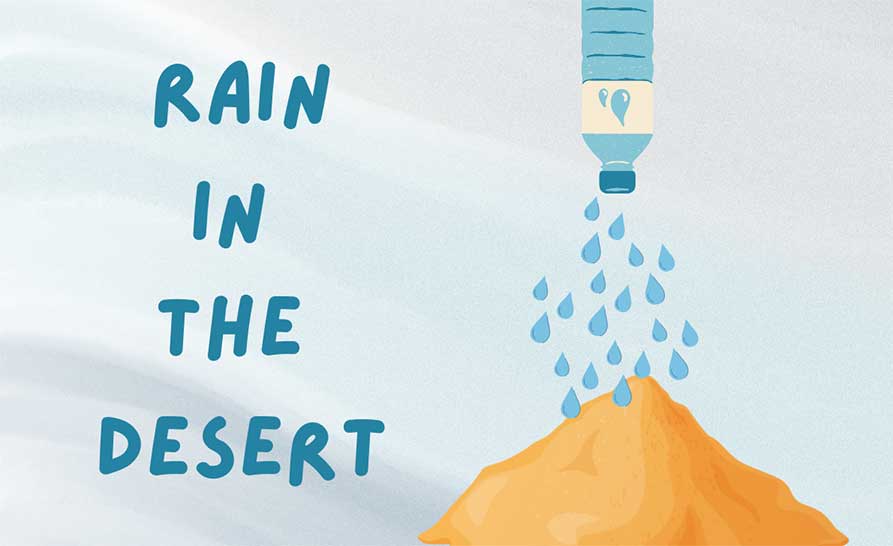
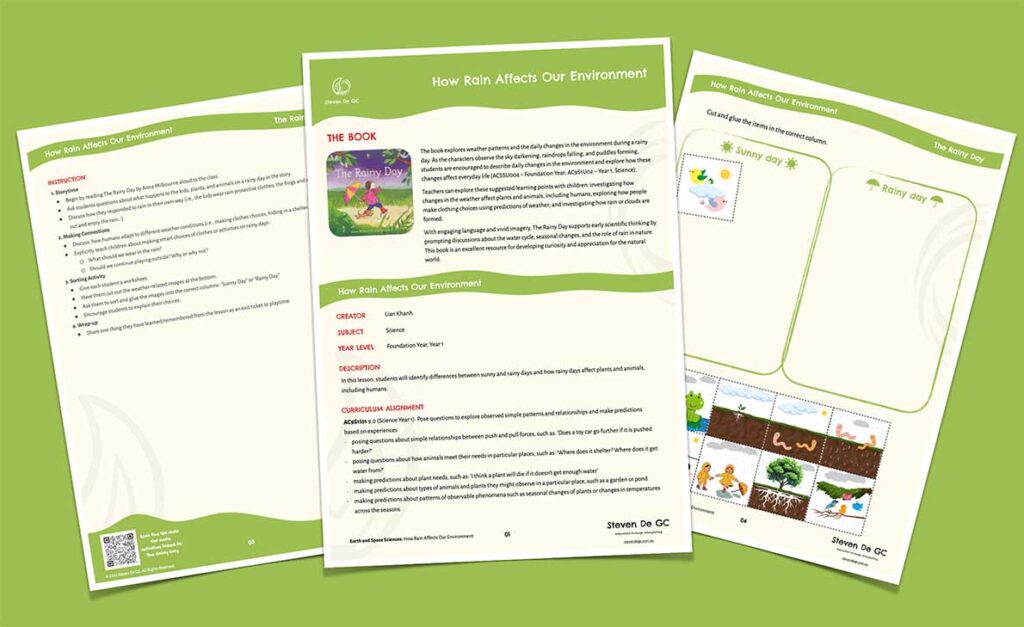
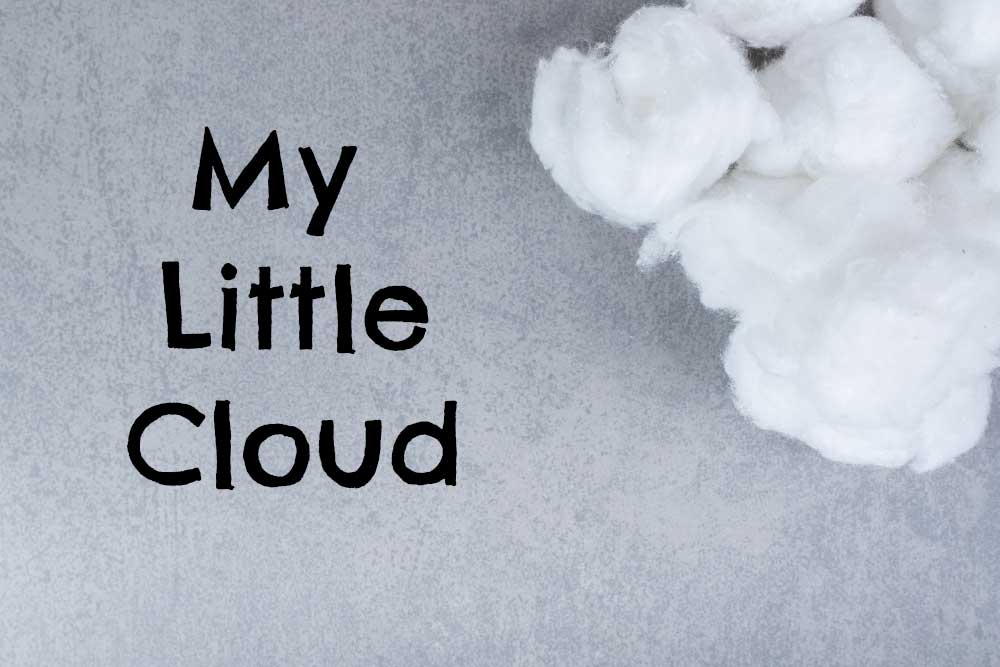
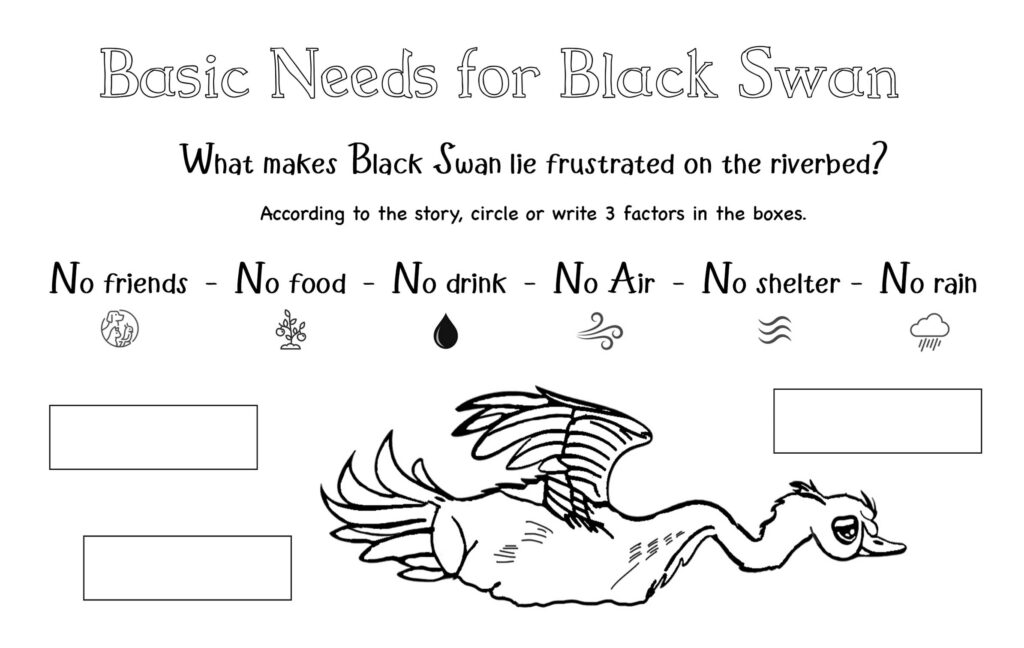
Leave a Reply